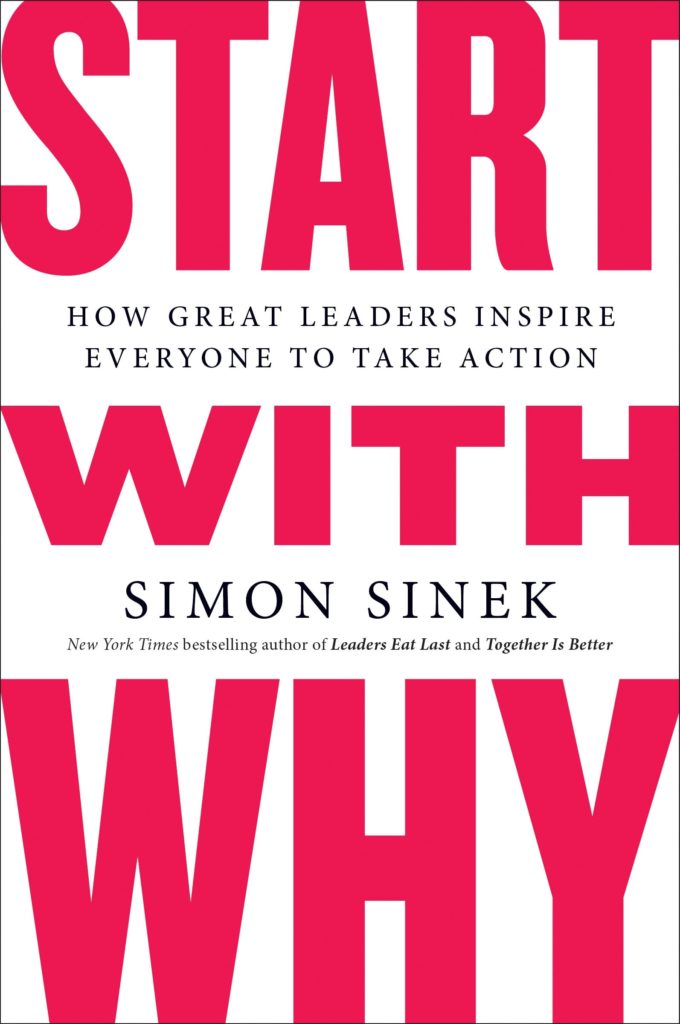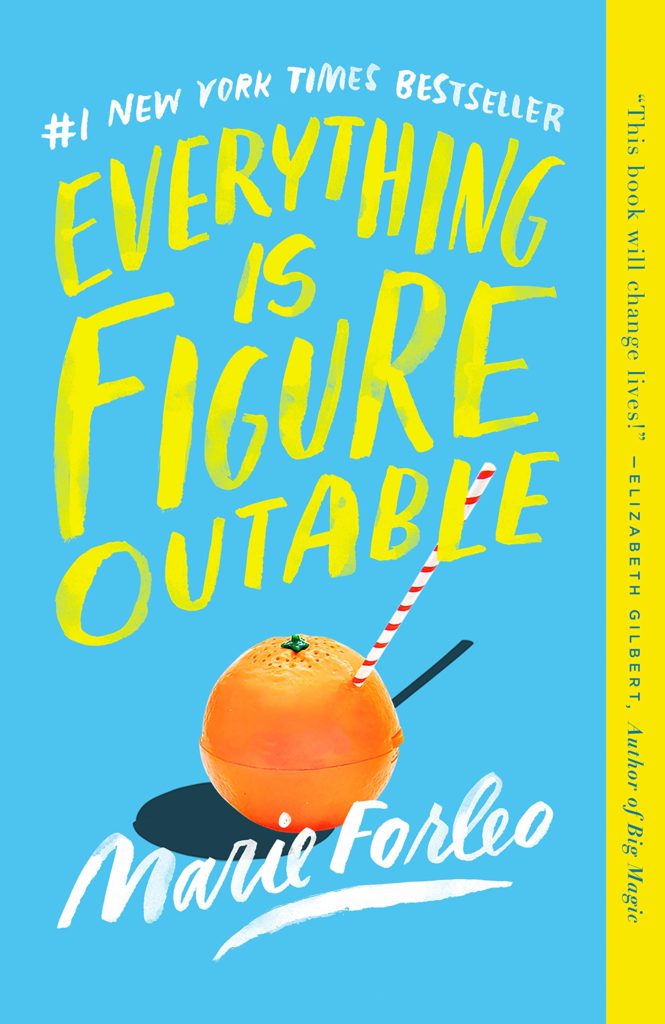
Last week I finished reading Start With Why by Simon Sinek. This book was written in 2009 – I don’t know how I hadn’t heard of it much earlier. All-in-all I enjoyed the book. It provides powerful insights that seem obvious once you read it… but based on our own behaviors and those of organizations we know, it’s not as obvious at it appears.
The gist of the book is that people are attracted to your business or organization when they believe what you (or your organization’s culture) believes, which is your WHY – your reason for doing what you do, personally or in your organization. The WHY and the WHAT are evidence of the WHY, so they need to align in order to be trusted. People who believe what you believe will resonate with your WHY. If you lead off with the WHY in your messaging, that is when you create attraction and action. When you lead with WHAT or HOW, the reaction is less intense and less likely to result in loyalty.
There are at least three areas the author identifies that can benefit from starting with your WHY:
- Recruiting / hiring
- Leading your organization
- Selling products and services
As he says, nobody cares about WHAT you sell, they care WHY you’re selling it. That holds for ‘selling’ products and services, employment opportunities, or your company’s goals.
Overall, I think Start With Why a great book with a powerful message that can lead to profound results if properly embraced. Sinek provides a number of examples, which he touches on throughout the bool – such as Apple, Martin Luther King, and Southwest Airlines.
It seemed to me that Start With Why probably could have been distilled into 5-10 pages overall; however, the examples and nuanced repetition does help hammer home the important principles. Simon Sinek gave a TED Talk in 2009 (video below) that encapsulates the essence of his book. I recommend watching the video, regardless of whether you read the book. But I recommend reading the book too, since it has additional detail and nuance not able to be captured in a short talk.
Now I just need to capture what I’ve learned and take action, putting it to use. I already have some ideas, related to each of the three areas identified above. Have you had measurable improvements in your results from putting Start With Why into practice?

